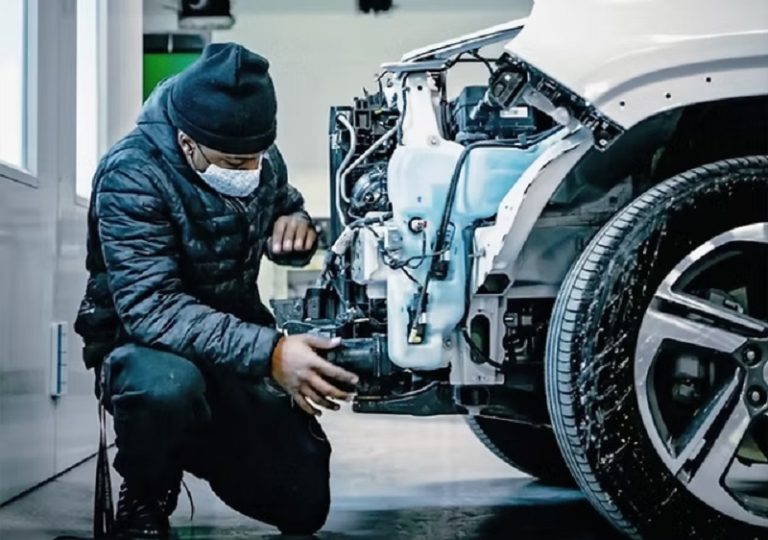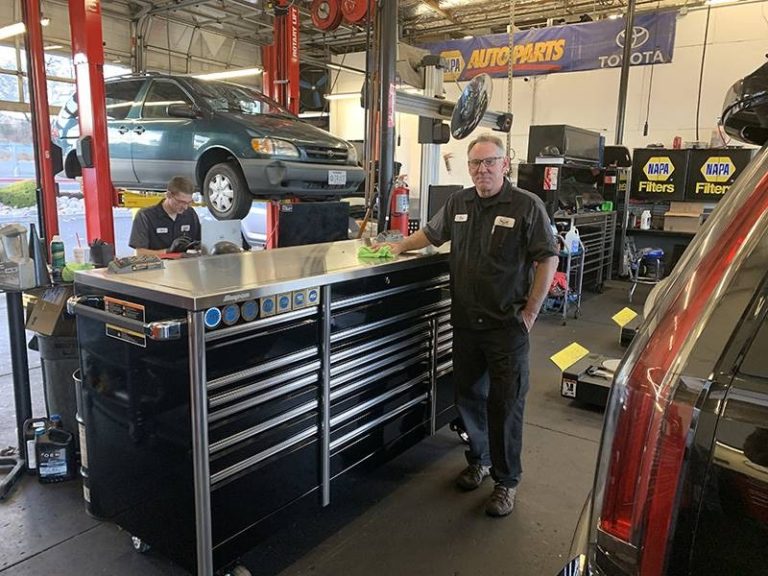Car taillights not only enhance safety but also contribute to the overall look of your vehicle. Over time, however, taillight lenses can become dull, cloudy, or faded due to exposure to the elements. Fading not only diminishes the appearance of your car but can also reduce the effectiveness of the light output, making driving more dangerous—especially at night or in poor weather. Fortunately, with some preventive care, you can keep your taillights looking and performing like new.
Understand What Causes Fading
The primary cause of taillight lens fading is prolonged exposure to ultraviolet (UV) rays from the sun. UV light breaks down the plastic material, causing it to become cloudy or discolored. Road grime, pollution, and harsh weather conditions like snow, rain, or heat can also contribute to the wear and tear. Knowing these causes is the first step in learning how to protect your taillights from premature aging.
Regular Cleaning Is Key
Dirt and grime that build up on taillight lenses can lead to surface scratches and dullness over time. To prevent this, clean your taillights regularly using a mild soap and water solution. Avoid using abrasive sponges or harsh chemicals, as they can damage the plastic. For best results, use a soft microfiber cloth and rinse thoroughly. A monthly wash is usually enough to prevent buildup and maintain lens clarity. Going for the Auto Repair in Oak Grove, MO based service would be most useful in this case.
Apply UV-Protective Coating
One of the most effective ways to prevent taillight fading is by applying a UV-protective sealant. These products create a barrier against the sun’s harmful rays and environmental contaminants. You can find automotive-grade UV protectants in spray or wipe-on form. After cleaning your taillights, apply the sealant as directed, usually once every few months. This step helps preserve the plastic and keeps the red lenses from turning pink or hazy.
Park Smart to Minimize Sun Exposure
Whenever possible, park your car in shaded areas or use a car cover. Constant exposure to direct sunlight is a major contributor to fading, especially in hot climates. Parking in a garage or under a covered area not only protects your taillights but also preserves your entire vehicle’s exterior. Even simple actions like turning the rear of your car away from the sun can reduce UV damage over time.
Polish and Restore When Needed
If your taillights are already showing signs of fading or cloudiness, you can often restore them using a plastic polish or restoration kit. These kits are widely available and usually include a polishing compound and buffing pad. With a bit of elbow grease, you can remove the oxidation layer and bring back clarity. After restoring the lens, be sure to apply a UV protectant to prevent the issue from recurring.
Conclusion
Preventing taillight lens fading is all about consistent care and smart protection. By understanding the causes and taking a few simple maintenance steps—like regular cleaning, UV protection, and mindful parking—you can keep your taillights looking clear and shining bright for years to come. A little effort now goes a long way in preserving both the safety and appearance of your vehicle


